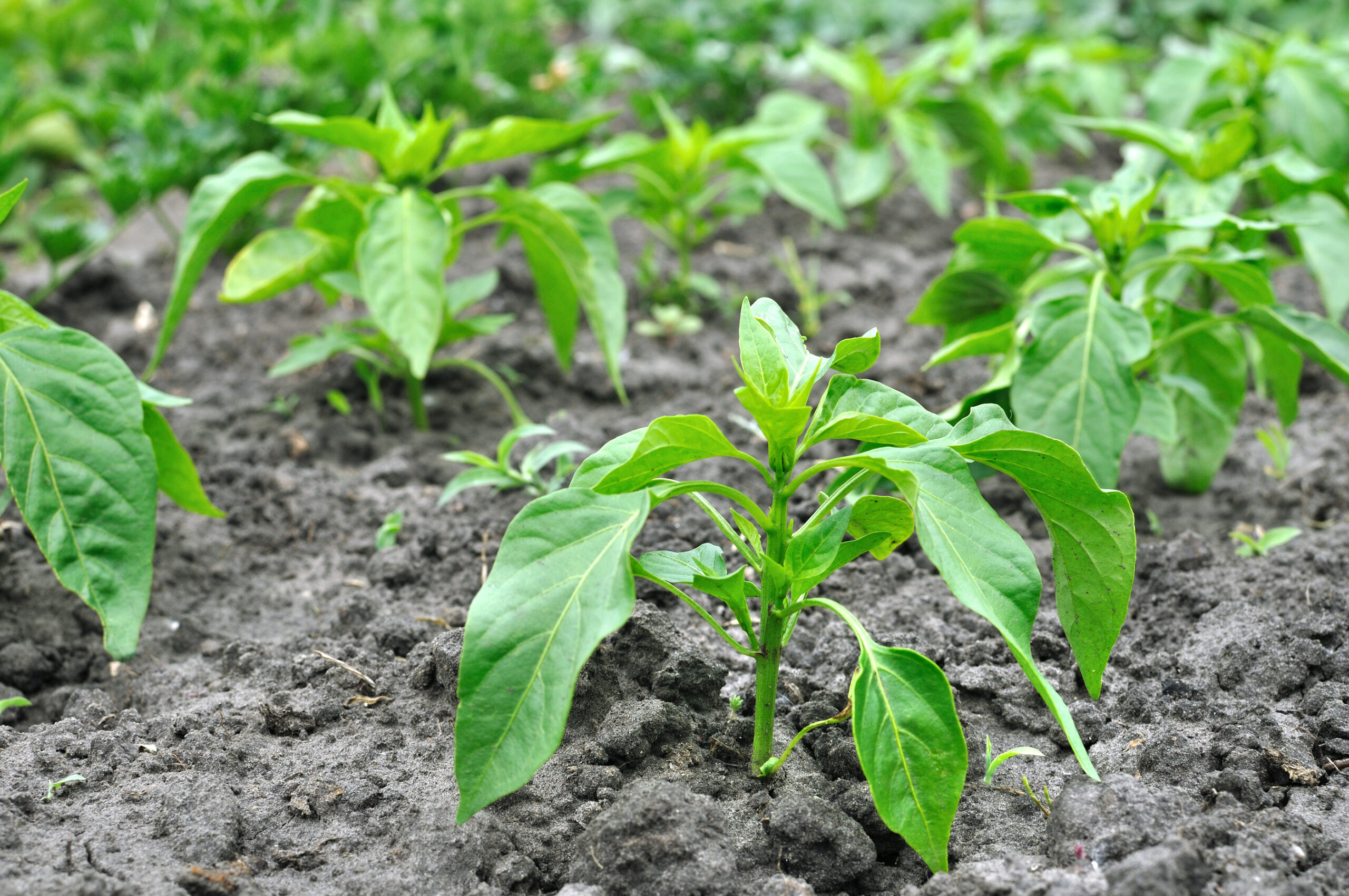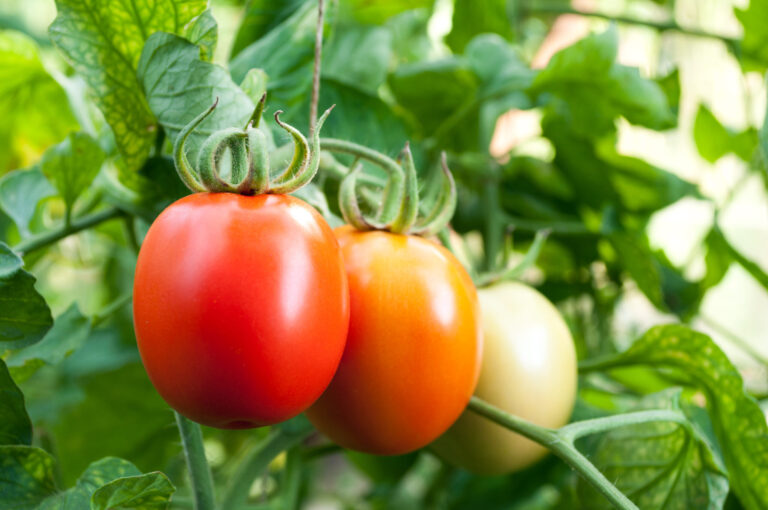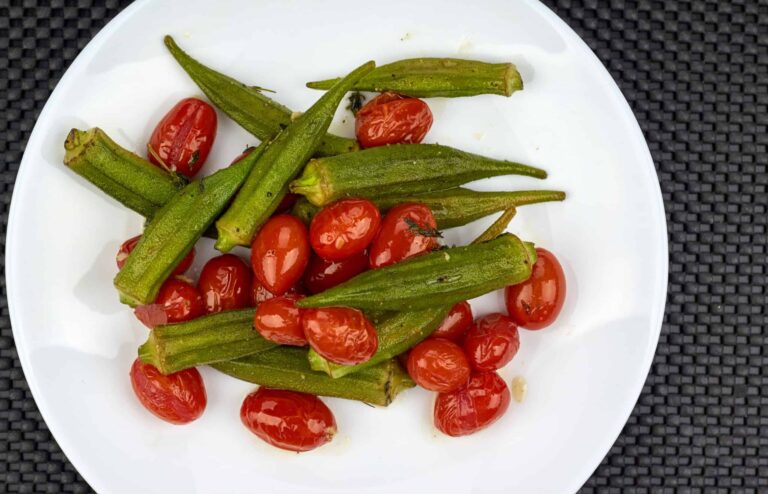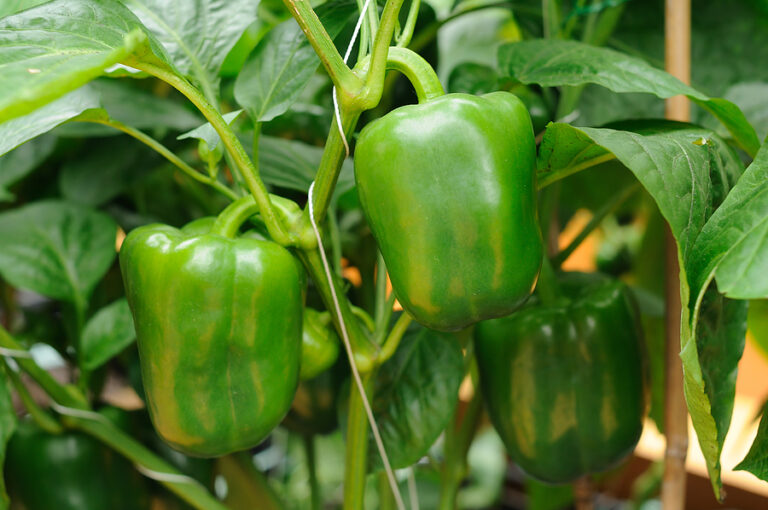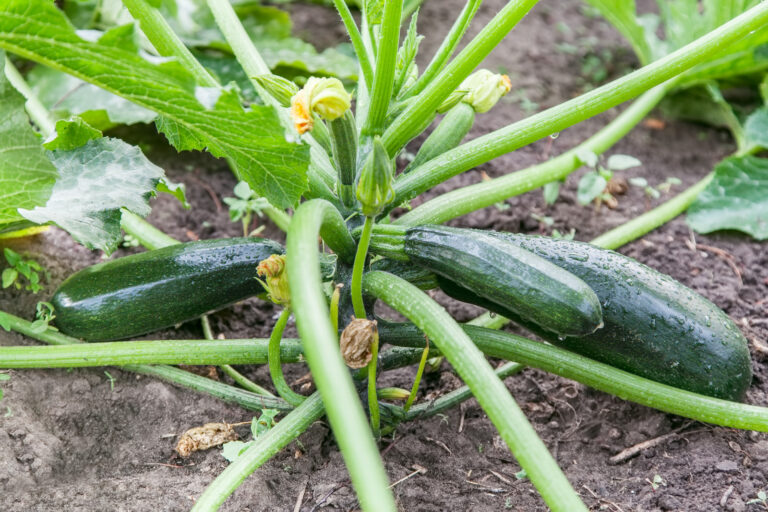Soil Preparation for Peppers: The Secret to Strong Roots and Big Harvests
Growing peppers—whether fiery hot chilies or sweet bell varieties—starts with one critical step: healthy soil. Even the best pepper varieties won’t thrive if they’re planted in poor or compacted ground. Proper soil preparation ensures strong roots, better nutrient uptake, and ultimately bigger harvests.
In this guide, we’ll cover exactly how to prepare your soil for pepper success, drawing on proven gardening practices and years of hands-on experience.
Why Soil Matters for Pepper Plants
Peppers have relatively shallow root systems compared to tomatoes, but they are heavy feeders and sensitive to soil conditions. The right soil mix ensures:
- 🌱 Healthy root development for stability and nutrient absorption
- 🌞 Consistent moisture balance without waterlogging
- 🌿 Nutrient-rich support to fuel growth and fruiting
- 🛡️ Disease resistance through good drainage and microbial activity
Simply put: great peppers start from the ground up.
Step 1: Choose the Right Soil Type
Peppers prefer:
- Loamy soil with good structure
- pH between 6.2 and 6.8 (slightly acidic to neutral)
- Well-draining texture to prevent root rot
👉 Test your garden soil with a home kit or local extension service. If your soil is clay-heavy, amend with compost, peat moss, and coarse sand to improve drainage. If sandy, add organic matter to help retain nutrients.
Step 2: Enrich with Organic Matter
Before planting, mix in 2–3 inches of well-rotted compost or aged manure into the top 8–10 inches of soil.
Benefits:
- Adds slow-release nutrients
- Improves water retention
- Encourages beneficial microbes
💡 Tip: Avoid fresh manure—it can burn roots and introduce pathogens.
Step 3: Boost Soil Fertility with Key Nutrients
Peppers need balanced nutrition. Here’s what to focus on:
- Nitrogen (N): For leafy growth (but too much delays fruiting)
- Phosphorus (P): Supports root development and flower set
- Potassium (K): Essential for fruit size, flavor, and plant resilience
A balanced vegetable fertilizer such as 5-10-10 works well. For organic options, use bone meal (P), kelp meal (K), and composted chicken manure (N).
Step 4: Adjust for Drainage and Aeration
- Raised beds or mounded rows help prevent waterlogging.
- Add perlite or coarse sand if your soil tends to compact.
- Mulch with straw or shredded leaves to maintain soil temperature and reduce evaporation.
Step 5: Pre-Warm the Soil
Peppers love heat. Planting in cold soil stunts growth and delays harvest. Use these tricks:
- Cover beds with black plastic mulch 2–3 weeks before planting.
- Use row covers early in the season to trap warmth.
Step 6: Rotate and Refresh
To avoid soil-borne diseases:
- Don’t plant peppers (or tomatoes, eggplants, potatoes) in the same spot two years in a row.
- Refresh soil each year with compost and cover crops like clover or rye.
Expert Tip from Experience
In my own pepper beds, I’ve noticed that slightly sandy soil mixed with composted leaf mold produces the best balance: excellent drainage with enough organic matter to feed the plants. A light side-dressing of compost tea every few weeks keeps peppers thriving through the season.
Final Thoughts
The secret to strong roots and big harvests isn’t luck—it’s soil preparation. By testing, enriching, and maintaining your soil, you’ll set your peppers up for a productive and flavorful season.
🌶 Peppers Growing Hub
Start here:
- How to Plant and Grow Hot Peppers: A Gardener’s Guide to Spicy Success
- How to Grow Sweet Peppers: A Gardener’s Guide to a Bountiful Harvest
Getting Peppers Started (general prep)
- Seed Starting Peppers: Proven Method for Strong, Healthy Plants
- Soil Preparation for Peppers: The Secret to Strong Roots and Big Harvests
- Best Hot Pepper Varieties to Grow for Salsas, Sauces, and Drying
- Best Sweet Pepper Varieties to Grow
- World’s Hottest Peppers You Can Grow in Your Garden
- The Science of Pepper Heat: Understanding Scoville Units
- Growing Peppers Indoors Under Lights
- Companion Planting with Peppers: Best and Worst Neighbors in the Garden
Planting & Growing Peppers
- When and How to Transplant Pepper Seedlings Outdoors
- 10 Steps to Grow a Bumper Pepper Crops
- How to Grow Hot Peppers in Containers: Tips for Small Spaces
- 7 Tips for Growing Peppers in Pots
- How to Grow Colored Bell Peppers: How to Get Reds, Yellows, and Oranges
- Cross-Breeding Hot Peppers at Home: A Beginner’s Guide
- How to Water & Fertilize Sweet Bell Peppers for Maximum Yield
- Pruning Pepper Plants for Healthier Growth and Bigger Harvests
- Six Tips to Grow Peppers for Flavor
- Pepper Season Extension & Overwintering: How to Keep Plants Producing Longer
Pepper Care & Troubleshooting
- Pepper Pests, Diseases, and Problems—How to Fix Them Naturally
- Caring for Peppers: Mid-Season Problem Cures
- How to Increase the Heat of Hot Peppers Naturally
- Overwintering Pepper Plants Indoors
- How to Overwinter Pepper Plants in Any USDA Zone
Harvesting & Preserving Peppers
- When to Harvest Hot Peppers for Maximum Heat
- How to Harvest Sweet Peppers for the Best Flavor
- How to Preserve Hot Peppers: Drying, Fermenting & Pickling
- How to Ripen Green Peppers Indoors
- Saving Pepper Seeds for Next Year’s Crop
Cooking & Using Peppers
- Preparing and Serving Sweet Peppers – Harvest to Table
- Five Ways to Cook and Serve Chili Peppers
- Stuffed Peppers: Best Varieties for Cooking
- Cooking with Hot Peppers: Flavor & Safety Tips
- How to Handle Hot Peppers Without Burning Your Skin

